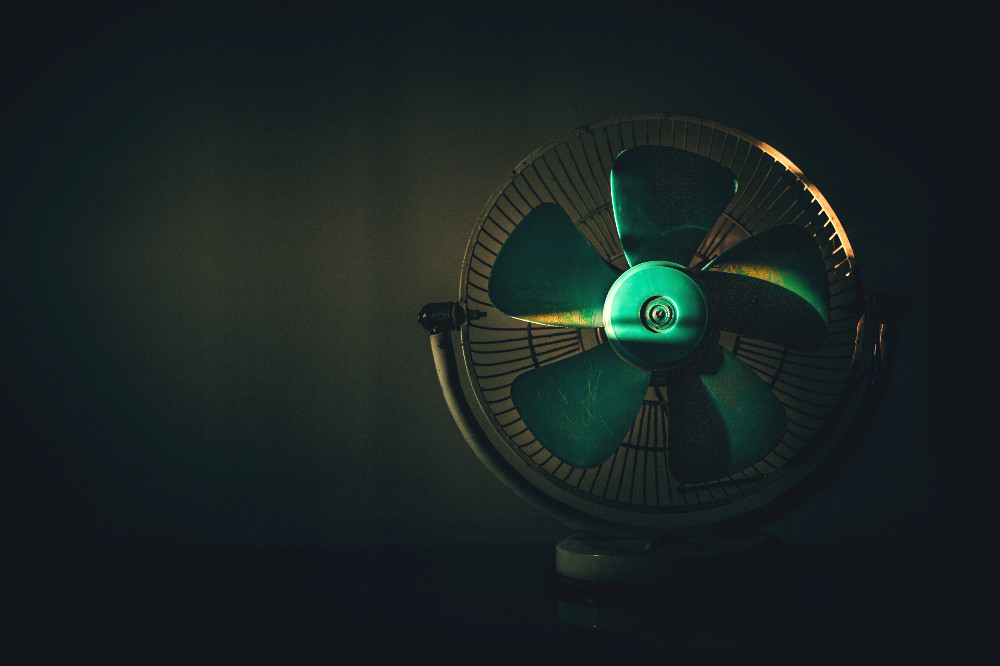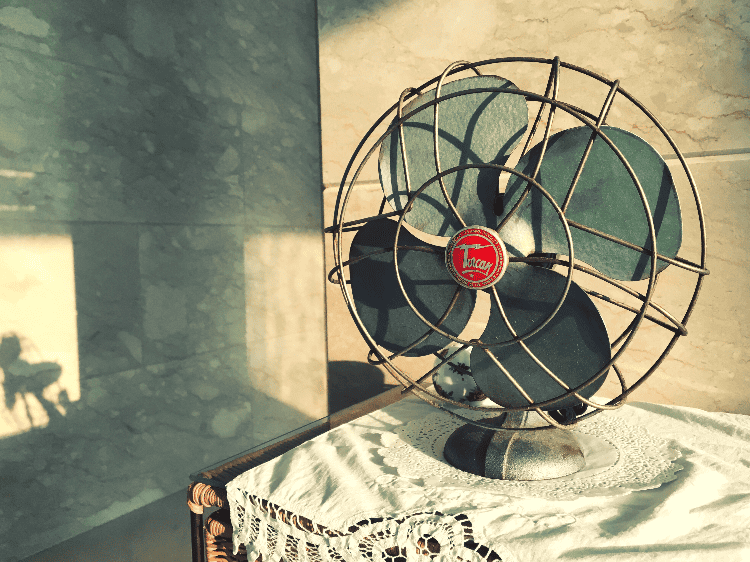views
Camping is an enjoyable experience for many, but that doesn’t mean it’s free of difficulty. On hot summer nights, it’s easy to dream about air conditioning and ice cold drinks while getting cooked inside your tent. A breeze might not come through your window, and even if it does, it won’t offer much relief.
In situations like this, it’s okay to treat yourself to a little extra comfort by adding a camping fan to your checklist. The best tent fans are light enough to carry with you, and have a battery strong enough to last you all night.
Why Use A Fan?

I think it’s fair to say that most people don’t even realize camping fans exist. Most people probably don’t even think they need a fan while they’re out camping, especially if it isn’t summer. Even if it is hot outside, I’m sure the general mentality of hardcore campers is to just tough it up and deal with the heat. I mean, having another electronic device kind of ruins the “natural” vibe, right?
Well, I’m here to challenge that mentality. Fans are actually really useful tools that do more than keep you cool at night, as I’ll explain shortly. And even if you just take them at face value for their ability to make you more comfortable…why wouldn’t you want that? Especially if you’re planning on camping somewhere like Utah in the middle of the summer!
But aside from the obvious, the main reason I like fans is because they circulate the air. And I don’t necessarily mean in the sense that they create wind to keep you cool. If you’re still figuring out how to camp, you might not know that air circulation is critical for keeping the inside of your tent dry by preventing condensation buildup. Especially if it’s raining, opening your tent vents isn’t always possible, so a fan will take some of the burden. This is the primary reason why I like having a tent fan, even more so than for keeping me cool.
Versatility
Having the best camping fan is all well and good, but it doesn’t mean much if you can’t put it where you want to. Tents are notorious for their lack of good, usable space, and this is especially true when it comes to accessories like fans or lanterns. Since it isn’t always possible to adjust the layout of your tent to accommodate other creature comforts, versatility is an important component of these additions.
Many tent fans come with a hook for you to hang them from a gear loop in your tent. This lets them blow down on you, circulating the air better. Of course, this only works if you have a gear loop to hang it from, as not all tents have this feature.
Some fans can be mounted on walls, while others can sit on a flat surface – a few can do all of these things. Depending on what kind of tent you have, you may have to make sure that the camping fan you purchase is compatible. And don’t forget about recharging it either, especially since solar powered tent fans are few and far between. Rechargeable tent fans are what I like to use for myself, simply because I don’t have to spend the time and money needed to get batteries every time the fan dies on me.
Multifunctional

Versatility doesn’t just relate to a product’s ability to function in a variety of environments, but also covers the number of additional roles it can fulfill. See, the thing with gear loops is that they’re a really handy place to hang a lantern. I don’t like spending time in a dark tent unless I’m trying to fall asleep, so I love to bring a small light source to hang from the roof of my tent.
I’m sure many of you are like me in this regard, so you know the internal debate that’s bound to come. Do I use my precious gear loop for a fan? Or a light? Do I use a fan during the day and a light at night? But it gets hot and stuffy at night, so I’d really like my fan…
Trust me, I know how it goes.
Thankfully there is a way around this dilemma without needing to compromise. Many tent fans come with a built in light, so you can avoid the need to make tough choices. In a lot of cases, the light is set behind the blades of the fan to spread the light out as much as possible. This, of course, only works because the fan blades are transparent (or semi-transparent), so they don’t cast shadows while the light is on. Some have the lights built into the rim of the fan while others have flaps that fold out and shed light. Whatever setup you prefer, there’s probably a design out there that you’ll like.
Noise
Even the best camping fans make a sound while they run, but some are definitely more obnoxious than others. Personally, I have a hard time sleeping without some white noise, so I like to have a fan running by my bed at home, as well as during the night in the tent. However, louder sound at an annoying frequency is counterproductive, which is what many camping fans end up doing.
Whether you’re sensitive to sound or not, I think we can all agree that a soothing whir is preferable over any clicking or grating noise. Not only will it be more relaxing, but it likely means that your fan will last longer as well!
Panergy Camping Fan
- Weight: 1.5 Pounds
- Materials: Metal
- Power Source: USB/Batteries
If you want to know the fan that I personally use most frequently, this is the one. The Panergy camping fan is a real powerhouse, featuring all of the elements you would hope to find in the best camping fan. It has a ring light, a hook and a clamp so you can attach it to almost anything, and a full range of motion to aim it anywhere it’s needed.
The circular light on this fan is both bright and aesthetic. I like how it’s one continuous light that isn’t hidden behind the blades of the fan, as well as the fact that it has 3 different brightness settings. The fan itself has 4 speeds. With a 360 degree range of motion, you’ll be able to direct the breeze (and light) to the place that you need it, while keeping the fan hanging or clipped into the same spot.
Pros:
– Continuous ring light
– Aroma diffuser
– 360 degree range of motion
– Multiple brightness and speed settings
– Small and portable
Cons:
– Isn’t extremely powerful
– The clip is a little flimsy












